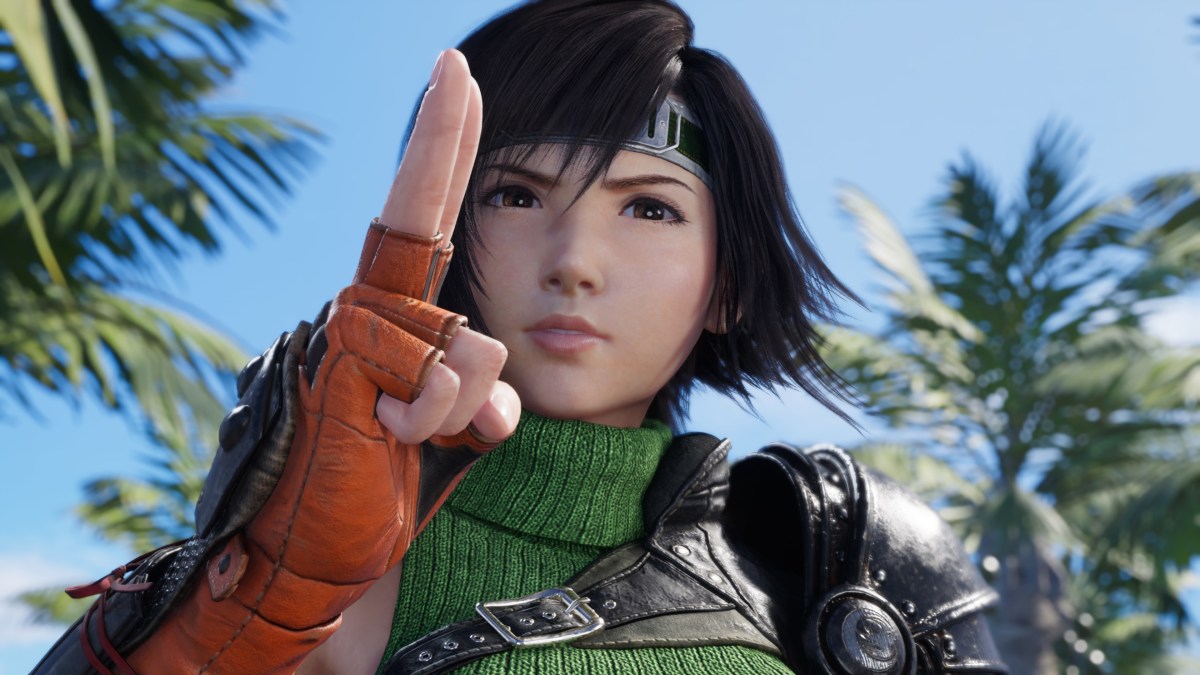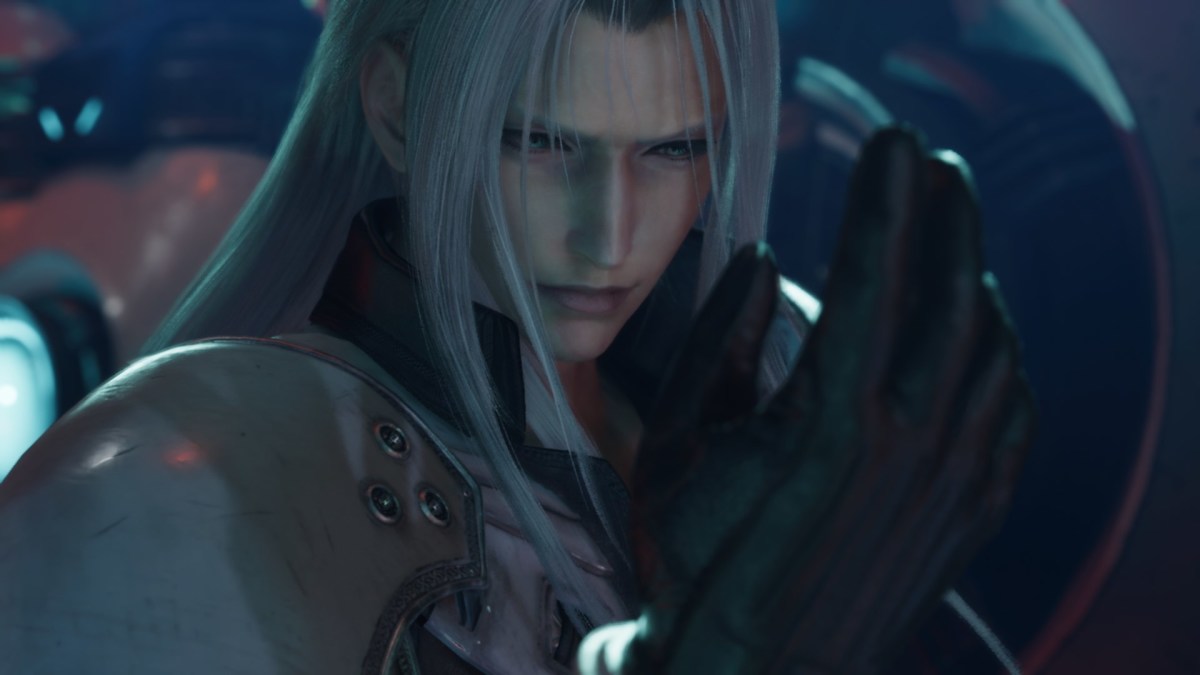Final Fantasy 7 Rebirth preview: Staying the course

Splitting Final Fantasy 7’s remake into three games was a big risk, but getting a taste of what Rebirth has in store has made me confident that it was the right choice to do this legendary story justice. That said, it means we’re getting three games at least three years apart — and they all feel very similar. That’s not even counting the remake of the prequel game – which you should check out if you haven’t already, our Crisis Core: Final Fantasy VII Reunion review will give you all the details.
Sitting down with Rebirth, my first thought is that combat is almost identical to the first game, and I’m not sure whether this direction is a good one or not. On the one hand, this series should feel like one cohesive game as they’re three parts of one story. However, if any other action series released a sequel with this little innovation to its combat, it would be rightly derided for it.

Still, it’s not like absolutely nothing new has been added. Synergy attacks are a new form of special attack that act similar to Limit Breaks, only they involve two characters acting in unison — something the developer experimented with in the Yuffie-based DLC for the last game. They give you something new to think about and are great flashy attacks that let the character further express themselves, but they don’t dramatically change the flow of combat – it’s just a new tool in the box.
New playable characters are here, albeit for brief periods. Sephiroth is fully playable during the flashback section with him and Cloud, and it’s as cool as you’d imagine being a certified badass with near-godlike powers would be. Whether this extends to more characters in the story remains to be seen, but it’s an exciting prospect to have on the table.
Now the story is heading out of Midgar, the scope of the game’s open explorable areas dramatically expands, and I got a good taste of that as the party heads to Junon. There are plenty of collectibles, resources, and points of interest to encourage you to explore these areas, plus unique fiend encounters.

These pit you against special monsters that force you to engage with every aspect of the combat system by way of giving you a checklist of tasks to complete during the battle. These can involve things like staggering an enemy, beating a time limit, or even countering one of the enemy’s more powerful attacks. They’re a lot of fun and make you consider your party layout before every battle, but I didn’t get a sense of what the rewards were for doing them.
All the new stuff is nice, but most importantly, everything that made the first game a success has stuck around. The visual style, the vocal performances, the action combat that reinvents the Active-Time Battle system – they’re still here and they’re still great.
That’s what puts this series of remakes in a strange position where “just as good as before” is perfectly acceptable. The full game of Final Fantasy 7 Rebirth launches in early 2024 on two discs and that leaves a lot of room for sweeping story changes to blow us away (although I didn’t see any signs of that here), but Rebirth looks to stay the course from the first game and will likely be a success for it.
